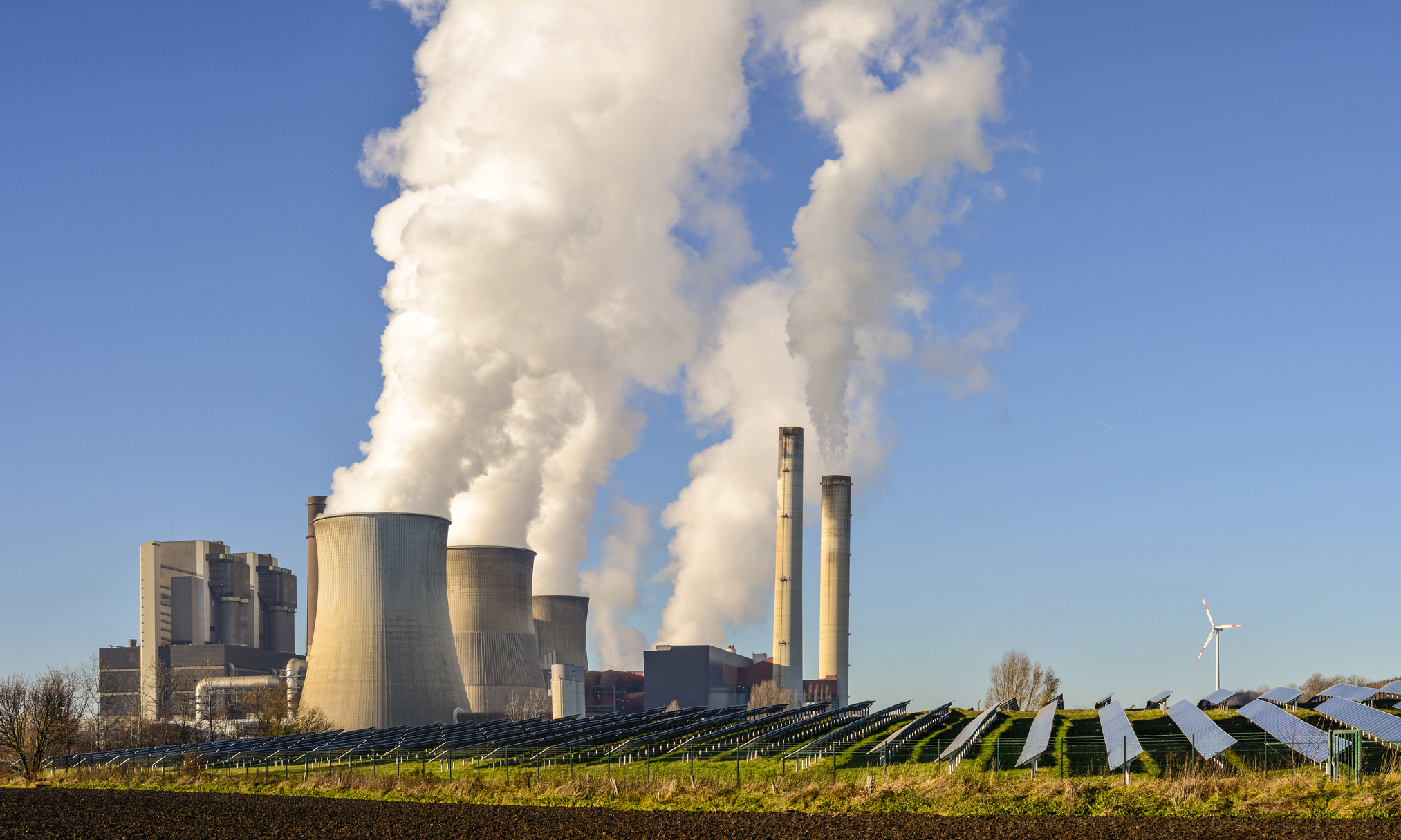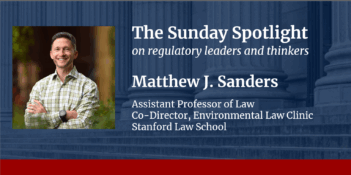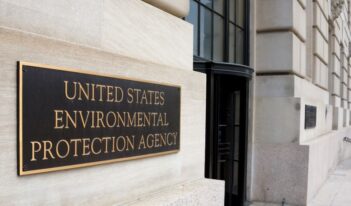
Environmental experts argue that precedent supports contested features of EPA’s major climate change rule.
When officials at the U.S. Environmental Protection Agency (EPA) unveiled the Clean Power Plan last summer, they did so with the goal of motivating states to limit carbon pollution from power plants—a goal that now may be facing limits of its own.
Ongoing litigation, including a stay from the U.S. Supreme Court that temporarily blocks EPA from requiring states to take action, has posed a setback to the Clean Power Plan, leaving the fate of this pillar in the Obama Administration’s climate strategy hanging in the balance. Opponents of the EPA action have argued in court that several of the Clean Power Plan’s core features are unprecedented and illegal, labeling the rule a “power grab” by EPA.
But in a recent paper, Richard Revesz, New York University School of Law’s dean emeritus and the Lawrence King Professor of Law, and Denise Grab and Jack Lienke, researchers at NYU’s Institute for Policy Integrity, challenge that argument, asserting that the Clean Power Plan is not at all unprecedented. Revesz and his co-authors specifically address two criticisms leveled against the Clean Power Plan: namely, that it is the first EPA regulation to favor newer and relatively cleaner plants over dirtier ones, as well as that it attempts for the first time to control not just the pollution emitted from the smokestacks of regulated power plants, but also the pollution from all electricity generation—even pollution “beyond-the-fenceline” of power plants.
With respect to the first criticism, Revesz and his co-authors show that previous EPA rules have encouraged a shift away from relatively dirty sources of energy to cleaner ones. For example, EPA’s sulfur-dioxide performance standards and their successor rules in the agency’s acid rain program have all encouraged a shift away from high-sulfur coal to low-sulfur coal with more stringent performance standards. A similar shift in demand also occurred with EPA’s mercury and air toxics standards and the agency’s good neighbor provision, which EPA anticipated would decrease coal generation while increasing natural gas generation.
Revesz, Grab, and Lienke respond to the second criticism by noting that prior EPA regulations, enacted under the same section of the Clean Air Act that governs the Clean Power Plant, also sweep “beyond the fenceline.” They highlight EPA’s Clean Air Mercury Rule, adopted in 2005, which allowed sources emitting that dangerous chemical to use credits from pollution reductions occurring beyond their fencelines through an emissions trading scheme. Revesz and his co-authors argue that emissions trading is an inherently beyond-the-fenceline approach because it allows power plants to trade pollution reduction credits among themselves to achieve a predetermined level of pollution reduction.
In addition, Revesz, Grab, and Lienke highlight that EPA’s 1995 emissions guidelines for municipal waste combustors and medical waste incinerators also adopted comparable beyond-the-fenceline techniques. The guidance on medical waste incinerators called for the development of comprehensive waste management programs, which required incinerators to work with waste-generating clients to reduce waste. Similarly, the guidance on large municipal waste combustors gave individual facilities the option to use emissions trading, just as with the Clean Air Mercury Rule, but set varying degrees of stringency depending on how plants chose to calculate their emissions.
Revesz, Grab, and Lienke also draw attention to other expansive regulations successfully issued under different sections of the Clean Air Act. Through the Good Neighbor Provision, found in a series of EPA rules including its 2011 Cross-State Air Pollution Rule, EPA specifically considered the availability of beyond-the-fenceline techniques when setting state budgets for the program. EPA also considered beyond-the-fenceline techniques when tackling the issue of regional haze, and ultimately found that an emissions trading program would achieve greater pollution reduction than technology-based standards for individual sources.
Finally, Revesz, Grab, and Lienke note that EPA went beyond the fenceline in mobile source regulations in the 1980s. Specifically, the agency set fleet-wide emission standards for motor vehicles and also allowed oil refineries to work together to reduce the lead content in gasoline.
In light of all of these examples, Revesz, Grab, and Lienke find that EPA’s latest regulatory initiative enjoys much favorable precedent.
In addition to their recent paper, Revesz and his co-authors have filed an amicus brief in support of EPA in West Virginia v. EPA, the currently pending case involving the challenge to the Clean Power Plan. Oral arguments in the case will be heard this September by the U.S. Court of Appeals for the D.C. Circuit.



